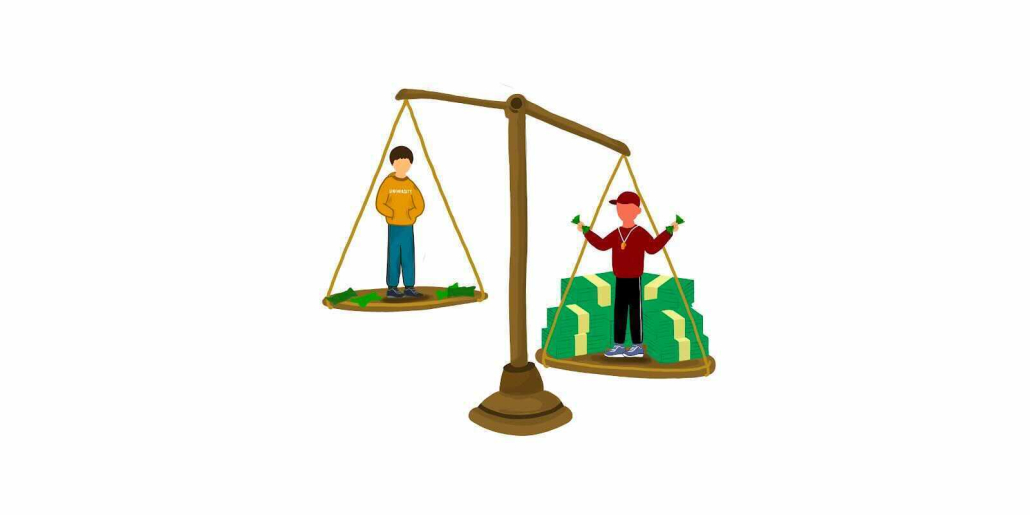University values Lincoln Riley over students’ well-being

Students at the University of Oklahoma must be disappointed; Lincoln Riley, their football head coach, stepped down to take the position at USC. Having led the Sooners to four straight Big 12 victories and an overall record of 55-10, Riley had the highest winning percentage as Oklahoma’s head coach.
With a disastrous season fresh under their belt, USC football needs Riley to endeavor on winning ways.
However, there’s a catch.
According to Los Angeles Times, USC offered Riley a speculated $110 million deal. Additionally, the University is currently handling his $4.5 million buyout and must pay former Head Coach Clay Helton more than $10 million due to the remaining two years on his contract. Along with unlimited access to a private jet and other benefits, Riley will be the highest-paid coach in college football history.
This article is not meant to criticize Riley, but rather the University’s spending habits. While Riley reaps all the benefits from USC funding, the other members of the Trojan community struggle with minimal financial support from the University. With the average debt for undergraduate Trojans approximating at $20,000 and students with private loans having $48,000 in personal loan debt upon graduation, perhaps USC should invest their money in other sectors. With USC’s tuition nearing $20,000 more than the national average of $41,000, the student body is left questioning where exactly all the money goes.
For the 2020-21 academic year, the school raised its tuition by 3.5%, approximating to $59,260. The University also took a revenue drop of $597 million for the fiscal year, causing pay cuts for faculty, staff and administrators. In addition, USC froze hiring and merit increases for employees, overall decreasing philanthropy for the Trojan Family.
With all that money going into Riley’s contract, one might believe at least some of it should go back to either the students or the USC workforce. In 2020, institutional scholarships, endowed scholarships and external financial aid totaled $637,975. In 2021, the total minimally increased to $671,498. According to the Consolidated Financial Statements, for the years ended June 30, 2021 and 2020, endowment for departmental programs and activities decreased to $179,006 in 2021 from $191,060 in 2020. As covered by Annenberg Media, the decrease in salaries and endowment followed the economic hit created by the coronavirus pandemic.
However, academic scholarship and program funding is nominal compared to Riley’s $110 million deal.
Outside of the students and staff, educational and social initiative programs need a share of the wealth. As recently covered by the Daily Trojan, the USC Homelessness Initiative faced many challenges due to a lack of funding. The program, which emphasized easing the housing crisis in Los Angeles, could easily restart with a small percentage of Riley’s contracts. The former director of the USC Homelessness Initiative, Brenda Wiewel, said that the decrease in their budget each year was one of the primary reasons resulting in their shutdown. Other programs, like the Trojan Food Pantry, closed due to understaffing issues. Student Basic Needs further acknowledged that only two full-time employees worked there before Trojan Food Pantry shut down. Before its closure, the pantry provided food, non-perishable objects and other necessities, which dealt a significant blow to students who struggled financially and relied on the pantry’s resources.
USC cannot pay individuals such as Riley these ludicrous salaries. Athletes generate revenue through ticket sales and merchandise, but the players themselves are only compensated by the University through athletic scholarships. Recently, the National Collegiate Athletic Association permitted a policy allowing student-athletes in all three divisions to receive remuneration for the use of their name, image and likeness. This has allowed such athletes to receive money from sponsors and endorsements, a big step in the United States college sports industry which generates roughly $18.9 billion in 2019.
However, most athletes don’t receive health coverage for non-sports-related injuries, and zero obtain long-term coverage for future health problems that result from playing on the field or court. On the other hand, coaches and athletic directors receive retirement plan benefits, vacation pay and University-provided life and disability insurance.
The least USC could do is appropriately endow Trojan athletes with health coverage and benefits.
Riley’s multimillion-dollar contract shows the University problematic spending its money at the expense of those who need it. Due to the coronavirus pandemic, academic and student-based programs are floundering, school faculty members see smaller paychecks, students receive less financial aid and student athletes are still receiving minimal compensation. Nevertheless, Riley’s deal shows that USC does have enough money to put into other sectors if they choose to. Perhaps Riley can turn the Trojans into a powerhouse football team, but it should not be at the expense of the entire Trojan family.

